Marin Lujak
Agreement Technologies for Coordination in Smart Cities
Jan 21, 2024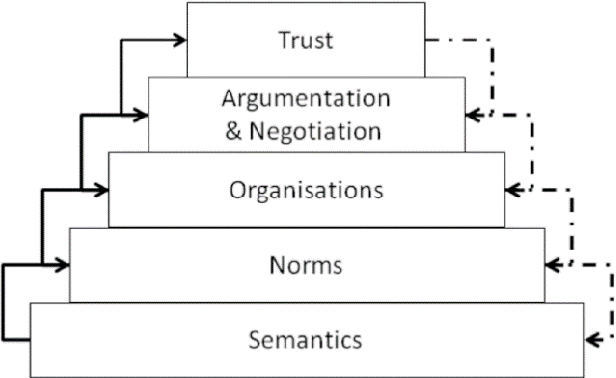
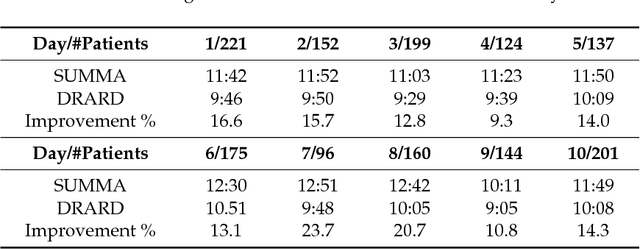

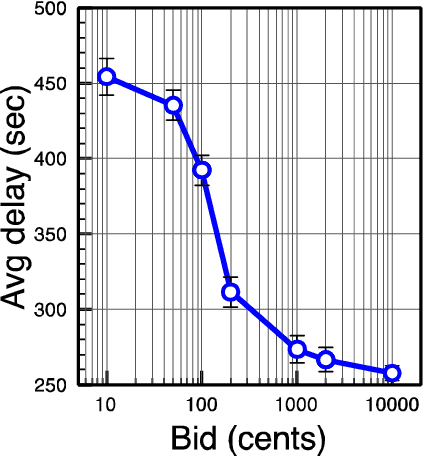
Abstract:Many challenges in today's society can be tackled by distributed open systems. This is particularly true for domains that are commonly perceived under the umbrella of smart cities, such as intelligent transportation, smart energy grids, or participative governance. When designing computer applications for these domains, it is necessary to account for the fact that the elements of such systems, often called software agents, are usually made by different designers and act on behalf of particular stakeholders. Furthermore, it is unknown at design time when such agents will enter or leave the system, and what interests new agents will represent. To instil coordination in such systems is particularly demanding, as usually only part of them can be directly controlled at runtime. Agreement technologies refer to a sandbox of tools and mechanisms for the development of such open multiagent systems, which are based on the notion of agreement. In this paper, we argue that agreement technologies are a suitable means for achieving coordination in smart city domains, and back our claim through examples of several real-world applications.
Decentralizing Coordination in Open Vehicle Fleets for Scalable and Dynamic Task Allocation
Jan 19, 2024


Abstract:One of the major challenges in the coordination of large, open, collaborative, and commercial vehicle fleets is dynamic task allocation. Self-concerned individually rational vehicle drivers have both local and global objectives, which require coordination using some fair and efficient task allocation method. In this paper, we review the literature on scalable and dynamic task allocation focusing on deterministic and dynamic two-dimensional linear assignment problems. We focus on multiagent system representation of open vehicle fleets where dynamically appearing vehicles are represented by software agents that should be allocated to a set of dynamically appearing tasks. We give a comparison and critical analysis of recent research results focusing on centralized, distributed, and decentralized solution approaches. Moreover, we propose mathematical models for dynamic versions of the following assignment problems well known in combinatorial optimization: the assignment problem, bottleneck assignment problem, fair matching problem, dynamic minimum deviation assignment problem, $\sum_{k}$-assignment problem, the semiassignment problem, the assignment problem with side constraints, and the assignment problem while recognizing agent qualification; all while considering the main aspect of open vehicle fleets: random arrival of tasks and vehicles (agents) that may become available after assisting previous tasks or by participating in the fleet at times based on individual interest.
Spillover Algorithm: A Decentralized Coordination Approach for Multi-Robot Production Planning in Open Shared Factories
Jan 23, 2021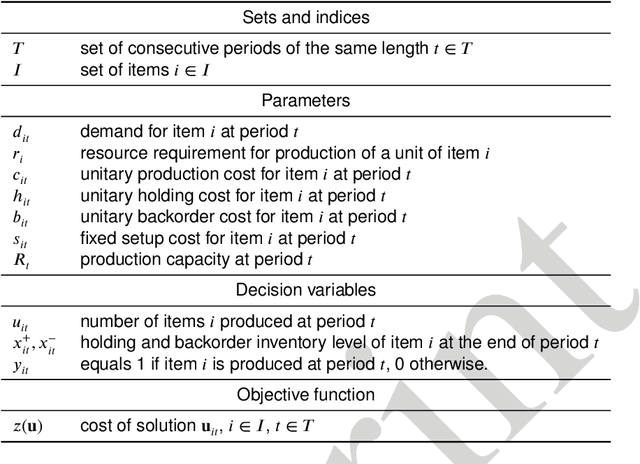
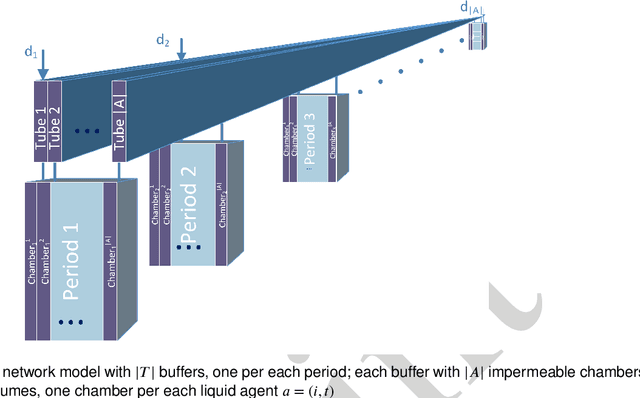
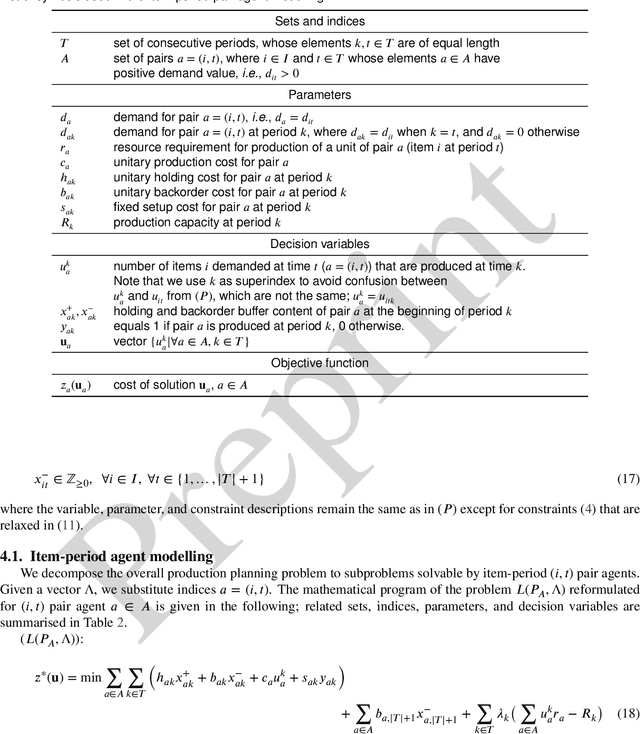
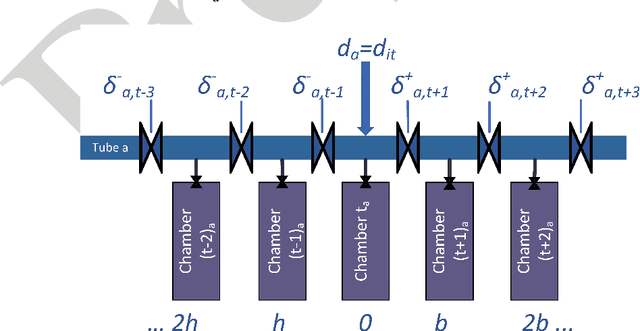
Abstract:Open and shared manufacturing factories typically dispose of a limited number of robots that should be properly allocated to tasks in time and space for an effective and efficient system performance. In particular, we deal with the dynamic capacitated production planning problem with sequence independent setup costs where quantities of products to manufacture and location of robots need to be determined at consecutive periods within a given time horizon and products can be anticipated or backordered related to the demand period. We consider a decentralized multi-agent variant of this problem in an open factory setting with multiple owners of robots as well as different owners of the items to be produced, both considered self-interested and individually rational. Existing solution approaches to the classic constrained lot-sizing problem are centralized exact methods that require sharing of global knowledge of all the participants' private and sensitive information and are not applicable in the described multi-agent context. Therefore, we propose a computationally efficient decentralized approach based on the spillover effect that solves this NP-hard problem by distributing decisions in an intrinsically decentralized multi-agent system environment while protecting private and sensitive information. To the best of our knowledge, this is the first decentralized algorithm for the solution of the studied problem in intrinsically decentralized environments where production resources and/or products are owned by multiple stakeholders with possibly conflicting objectives. To show its efficiency, the performance of the Spillover Algorithm is benchmarked against state-of-the-art commercial solver CPLEX 12.8.
Extracting Seasonal Gradual Patterns from Temporal Sequence Data Using Periodic Patterns Mining
Oct 20, 2020



Abstract:Mining frequent episodes aims at recovering sequential patterns from temporal data sequences, which can then be used to predict the occurrence of related events in advance. On the other hand, gradual patterns that capture co-variation of complex attributes in the form of " when X increases/decreases, Y increases/decreases" play an important role in many real world applications where huge volumes of complex numerical data must be handled. Recently, these patterns have received attention from the data mining community exploring temporal data who proposed methods to automatically extract gradual patterns from temporal data. However, to the best of our knowledge, no method has been proposed to extract gradual patterns that regularly appear at identical time intervals in many sequences of temporal data, despite the fact that such patterns may add knowledge to certain applications, such as e-commerce. In this paper, we propose to extract co-variations of periodically repeating attributes from the sequences of temporal data that we call seasonal gradual patterns. For this purpose, we formulate the task of mining seasonal gradual patterns as the problem of mining periodic patterns in multiple sequences and then we exploit periodic pattern mining algorithms to extract seasonal gradual patterns. We discuss specific features of these patterns and propose an approach for their extraction based on mining periodic frequent patterns common to multiple sequences. We also propose a new anti-monotonous support definition associated to these seasonal gradual patterns. The illustrative results obtained from some real world data sets show that the proposed approach is efficient and that it can extract small sets of patterns by filtering numerous nonseasonal patterns to identify the seasonal ones.
 Add to Chrome
Add to Chrome Add to Firefox
Add to Firefox Add to Edge
Add to Edge